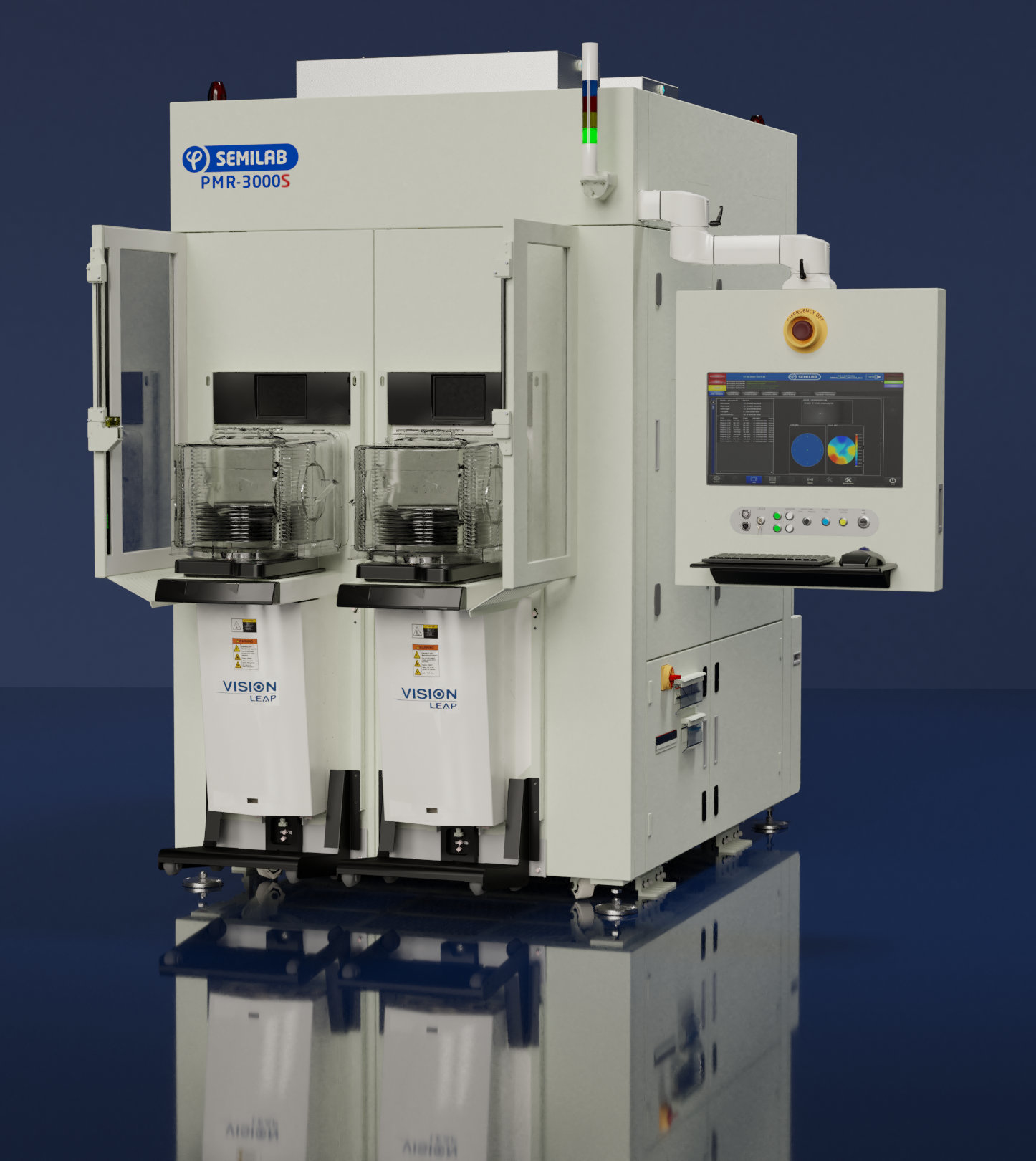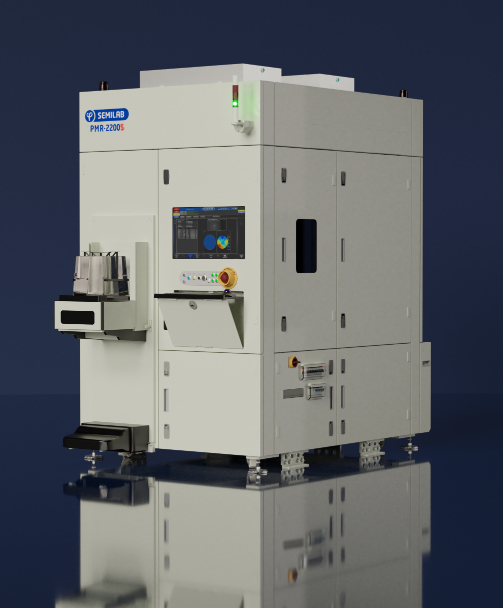Application
ION IMPLANT MONITORING
Modern semiconductor devices require precisely controlled dopant concentration and position, and this can be achieved by ion implanting with careful annealing. Typically an n-type species is implanted into a p-type material, or the other way around. Typical species to implant can be boron and indium for the p-type, phosphorus, arsenic and antimony for the n-type layer. Implants are monitored by adding a monitor wafer, and the monitor wafers are checked after the implantation and annealing. Alternatively, the monitoring can be performed by using test boxes on product wafers.
Technology
PHOTO-MODULATED REFLECTIVITY MEASUREMENT
Photo-modulated Reflectivity Measurement (PMR) is an excellent technology for implantation dose monitoring of as-implanted pre-annealed production wafers. The measurement process is based on the illumination of the wafer with two different laser sources with different wavelengths (Generation laser - λ1, Probe laser - λ2). While λ2 is constant, the λ1 is modulated. The light of the pumping laser is reflected from the sample. Change in the reflectance can be observed as an effect of the modulation. The reflectance change is the PMR signal itself, which is sensitive to both implant damage and carrier concentration.
The operation of PMR is based on the pattern recognition system, generation and probe laser. The correct placement and orientation of the wafer are secured with the help of the pattern recognition. The generation laser creates excess carriers and insures the optimal heating, where significant damage is present. Excess carrier and heat gradient forms index of refraction gradient. While probe laser uses the index of refraction gradient or surface heat to determine dose level or junction depth, the generation laser is modulated at 2 kHz (quasi-static process) and resulting in a high signal-to-noise ratio. The use of a new beam sampler with appropriate control loops result in an enhanced stability in the laser light intensities.
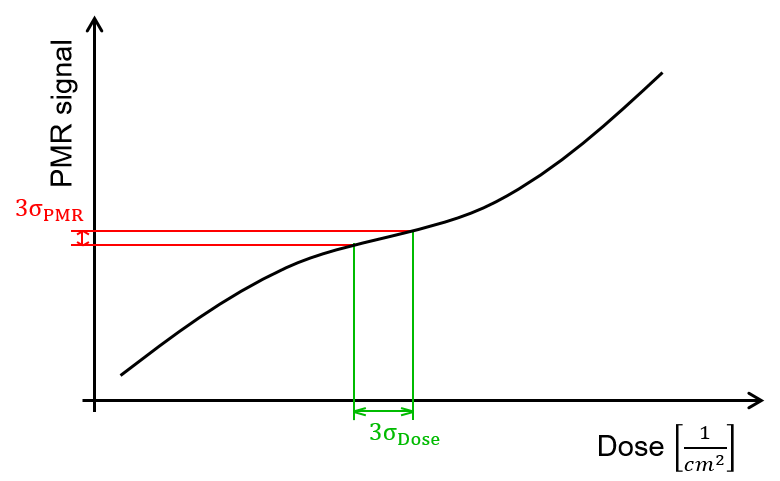 Figure 3. Measurement result
Figure 3. Measurement result
The fitted function of the PMR signal and dose (1/cm2) clearly show that in most cases there is a monotonous (and therefore invertible) functional relation between the implantation dose and the PMR signal, provided by the sample. The implantation dose of the product samples can be determined based on the measured PMR signal.
The performance of the PMR tool is characterized by the dose sensitivity. Dose sensitivity values depend on the applied implantation species. Using the same principle, the sensitivity of the PMR measurement implantation parameters, other than implantation dose (implantation energy, implantation temperature) can also be calculated.
FEATURES
- Non-contact, fully automated optical method measures directly on product wafers
- Pattern recognition enabling the measurement of patterned samples with appropriate measurement sites
- Enhanced signal repeatability and stability due to active laser light intensity stabilization system
- Implantation dose monitoring of as-implanted, pre-annealed production wafers
- Distinguishing the different dose rate conditions below and above the amorphization threshold
- Excellent tilt sensitivity
Product Line
PMR
Applications
- Ion implantation dose monitoring (pre-anneal)
- Ion implant tilt angle monitoring(pre-anneal)
- Dose rate measurement (pre-anneal)
- Amorphous layer depth measurement (pre-anneal)
Superior sensitivity across the entire implant dose range
By using a complete new optical head with variable adjustment, the PMR systems demonstrate superior sensitivity in a wide range of implantation dose, especially on and above amorphization threshold for the most commonly used implants (B, As, P, BF2, C).
Products
PMR-3000S Ion Implant Dose Monitor S
Based on significant improvements, the Semilab PMR-3000S enables in-line monitoring of implant processes on product wafers for immediate, accurate, and low-cost production control of implant systems and in-line monitoring for pre-anneal implant.
Features and System specifications:
- Implant dose
- Species As, B, P, BF2, In, Sb, C (application for other species under development)
- Process requirements - Unannealed implanted layers, Surface oxide
- Fully SEMI-compliant (300 mm) automation
- Overhead transport (OHT) available
- Fully compliant to Tier 1 contamination specs, including Class 1 mini-environment
- Two FOUPs capable of handling wafers up to 300 mm size
- State of the art software:
- Recipe-based operation
- Host communication
- Different access levels
- Pattern recognition option
PMR-2200S Ion Implant Dose Monitor S
Based on significant improvements, the Semilab PMR-2200S enables in-line monitoring of implant processes on product wafers for immediate, accurate, and low-cost production control of implant systems and in-line monitoring for pre-anneal implant.
Features and System specifications:
- Implant dose
- Species As, B, P, BF2, In, Sb, C (application for other species under development)
- Process requirements - Unannealed implanted layers, Surface oxide
- Fully SEMI-compliant (200 mm) automation
- Fully compliant to Tier 1 contamination specs, including Class 1 mini-environment
- Single or dual load port interface capable of handling wafers up to 200 mm size
- State of the art software:
- Recipe-based operation
- Host communication
- Different access levels
- Pattern recognition option






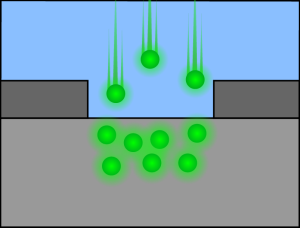 Figure 1. Implantation
Figure 1. Implantation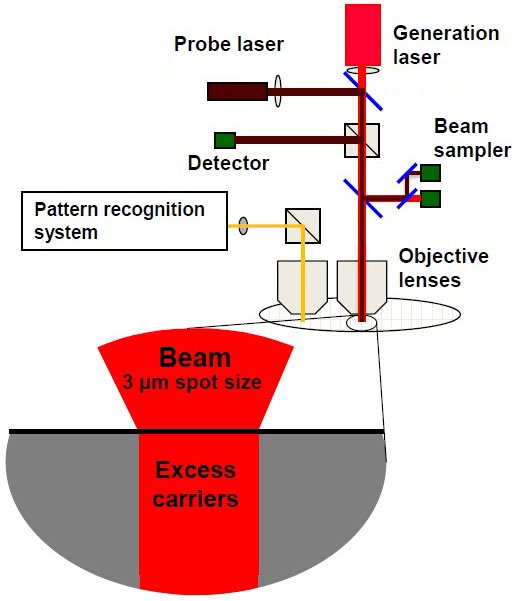
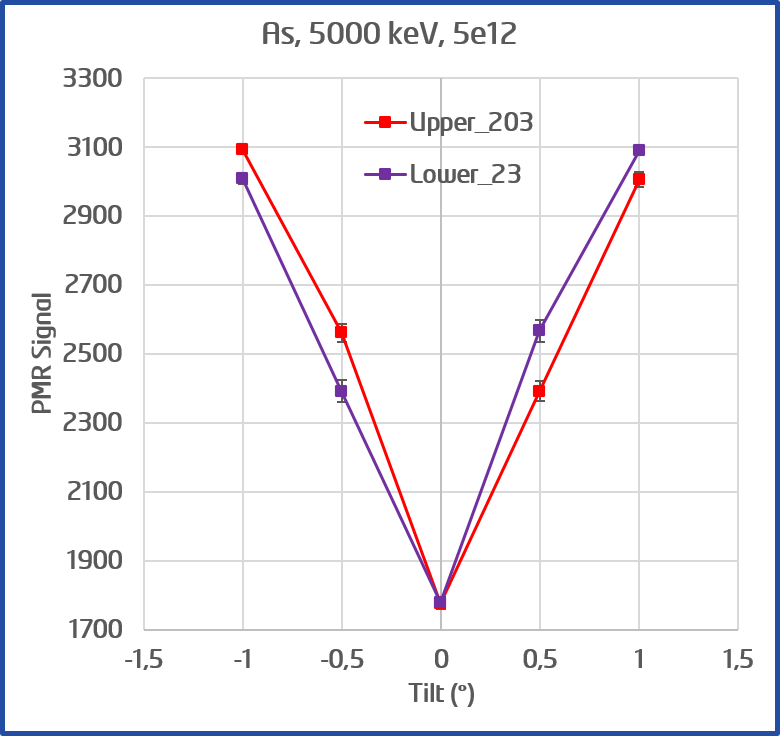
.png)
